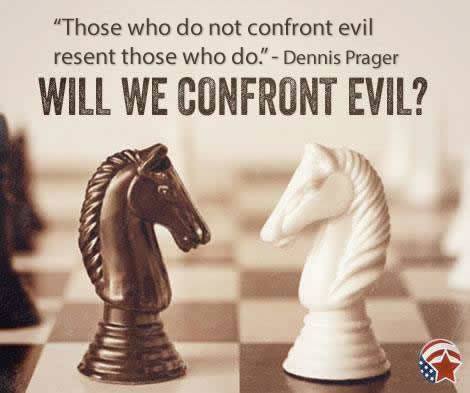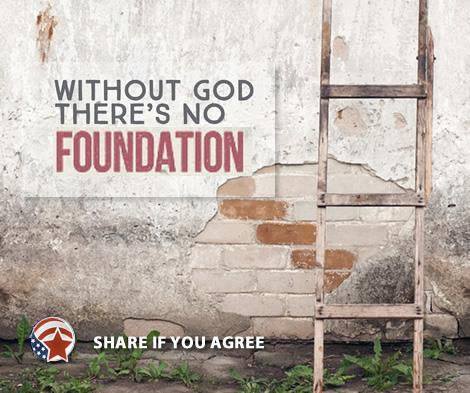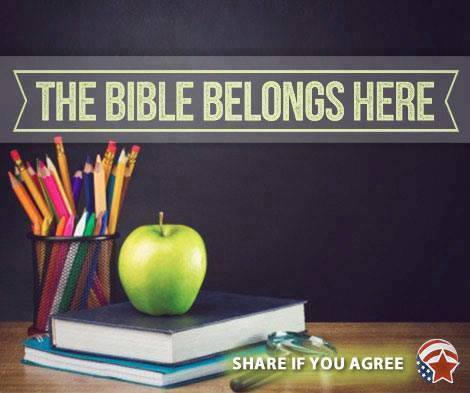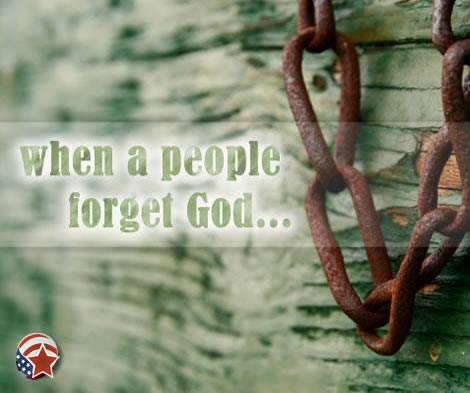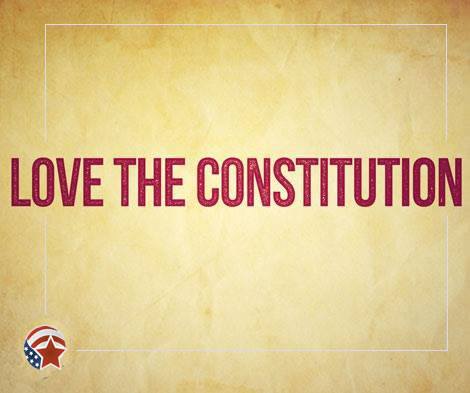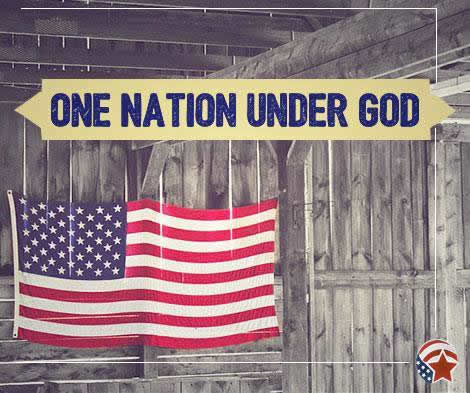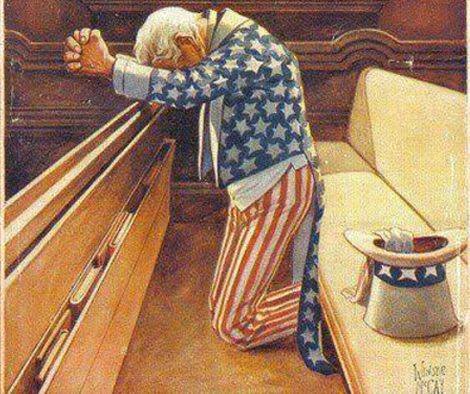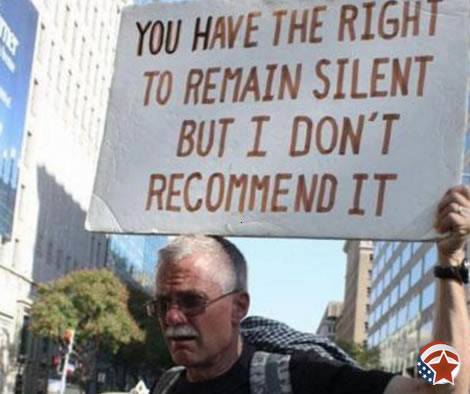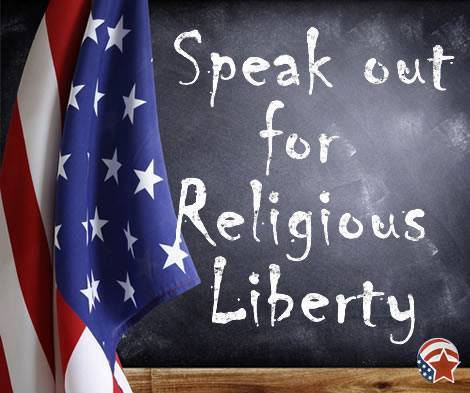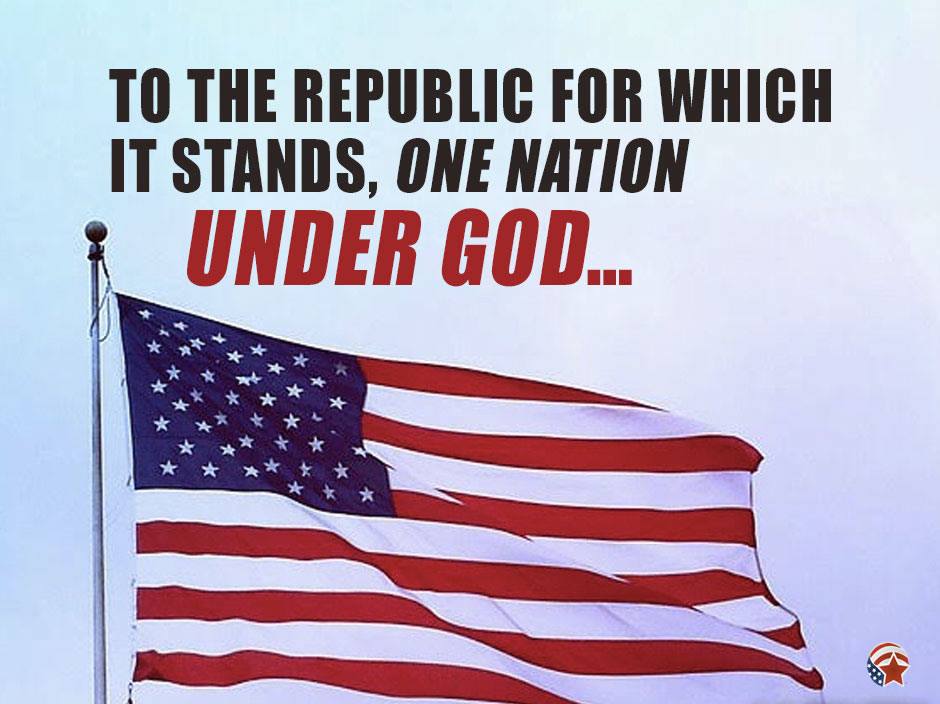“Each year on JANUARY 16, we celebrate Religious Freedom Day in commemoration of the passage of the Virginia Statute for Religious Freedom,” -wrote President George W. Bush in his 2003 Proclamation.

The Virginia Statute for Religious Freedom was passed by Virginia’s Assembly on JANUARY 16, 1786. It was drafted by Thomas Jefferson and commemorated on his tombstone. Did Jefferson intend to limit the public religious expression of students, teachers, coaches, chaplains, schools, organizations and communities?

Jefferson wrote in his original 1777 draft of the Virginia Statute of Religious Freedom:
“Almighty God hath created the mind free, and…all attempts to influence it by temporal punishments…tend only to begat habits of hypocrisy and meanness, and are a departure from the plan of the Holy Author of religion, who being Lord both of body and mind, yet chose not to propagate it by coercions on either, as was in his Almighty power to do, but to extend it by its influence on reason alone.”
Thomas Jefferson explained in his Second Inaugural Address, March 4, 1805:
“In matters of religion I have considered that its free exercise is placed by the Constitution independent of the powers of the General Government. I have therefore undertaken, on no occasion, to prescribe the religious exercise suited to it; but have left them, as the Constitution found them, under the direction and discipline of state and church authorities by the several religious societies.”
Jefferson explained to Samuel Miller, January 23, 1808:
“I consider the government of the United States as interdicted (prohibited) by the Constitution from inter-meddling with religious institutions, their doctrines, discipline, or exercises… This results not only from the provision that no law shall be made respecting the establishment or free exercise of religion, but from that also which reserves to the states the powers not delegated to the United States (10th Amendment)…”
Jefferson continued:
“Certainly no power to prescribe any religious exercise, or to assume authority in religious discipline, has been delegated to the General government…I do not believe it is for the interest of religion to invite the civil magistrate to direct its exercises, its discipline, or its doctrines…Every religious society has a right to determine for itself the times for these exercises, and the objects proper for them, according to their own particular tenets.”

In 1776, a year before Jefferson drafted his Statute, another Virginian, George Mason, drafted the Virginia Declaration of Rights, which was later revised by James Madison and referred to in his Memorial and Remonstrance, 1785.
The Virginia Declaration of Rights stated:

“Religion, or the duty we owe to our CREATOR, and manner of discharging it, can be directed only by reason and conviction, not by force or violence;and, therefore, that all men are equally entitled to the free exercise of religion, according to the dictates of conscience,and that it is the mutual duty of all to practice Christian forbearance, love and charity toward each other.”
James Madison made a journal entry, June 12, 1788:
“There is not a shadow of right in the general government to inter-meddle with religion… The subject is, for the honor of America, perfectly free and unshackled. The government has no jurisdiction over it.”
On June 7, 1789, James Madison introduced the First Amendment in the first session of Congress with the wording:
“The civil rights of none shall be abridged on account of religious belief or worship.”

James Madison appointed to the Supreme Court Justice Joseph Story.
Justice Joseph Story wrote in his Commentaries on the Constitution of the United States, 1833, Chapter XLIV, “Amendments to the Constitution,” Section 991:
“The real object of the First Amendment was, not to countenance, much less advance Mohammedanism, or Judaism, or infidelity, by prostrating Christianity; but to exclude all rivalry among Christian sects.”
 Samuel Chase, who had been appointed to the Supreme Court by George Washington, wrote in the Maryland case of Runkel v. Winemiller, 1799:
Samuel Chase, who had been appointed to the Supreme Court by George Washington, wrote in the Maryland case of Runkel v. Winemiller, 1799:
“By our form of government, the Christian religion is the established religion; and all sects and denominations of Christians are placed upon the same equal footing, and are equally entitled to protection in their religious liberty.” How did the interpretation of the First Amendment evolve?
For an EXTENDED explanation, read below:
Supreme Court Justice John Paul Stevens admitted in Wallace v. Jaffree, 1985:
“At one time it was thought that this right merely proscribed the preference of one Christian sect over another, but would not require equal respect for the conscience of the infidel, the atheist, or the adherent of a non-Christian faith.”
When the country began, religious liberty was under each individual colony’s jurisdiction. In the decision Engel v. Vitale, 1962, Supreme Court Justice Hugo Black wrote:
“Groups which had most strenuously opposed the established Church of England…passed laws making their own religion the official religion of their respective colonies.”
To read full article please click here: http://conta.cc/2f13fYs



